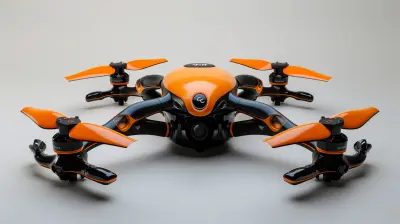Exploring the Role of AI in Cybersecurity
1 August 2025
Can we all take a moment to appreciate just how cool—and a little scary—artificial intelligence (AI) is? It’s not just something out of sci-fi movies anymore. Nope, it’s right here, in our smartphones, in our homes, and more importantly, in the world of cybersecurity. That’s what we’re diving into today: how AI is stepping into the digital battlefield to keep the bad guys at bay.
Spoiler alert: it's doing an impressive job.
So grab a coffee, kick back, and let’s break down the role of AI in cybersecurity in a way that’s not just informative but also super fun to read.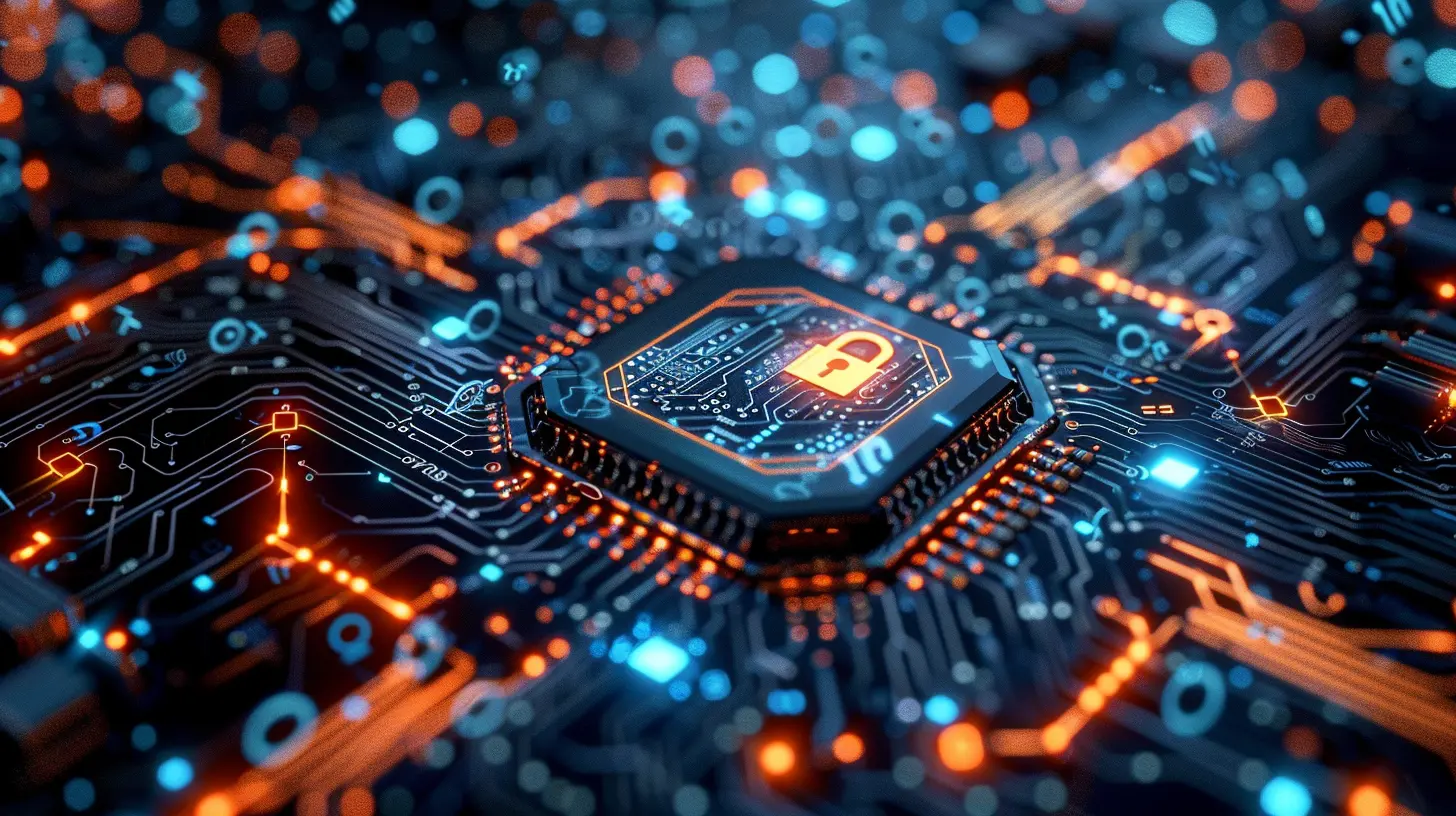
Why AI and Cybersecurity Make a Perfect Tag Team
Let’s start with the basics. Cyber threats are evolving—fast. It’s like playing whack-a-mole, but the moles are hackers and they’re using rocket-powered mallets. Traditional security methods just aren’t cutting it anymore.That’s where AI swoops in like a digital superhero.
AI, with its machine learning (ML) smarts, can analyze insane amounts of data faster than any human. We're talking about spotting patterns, predicting threats, and responding almost in real-time. It's basically the Iron Man suit for cybersecurity professionals.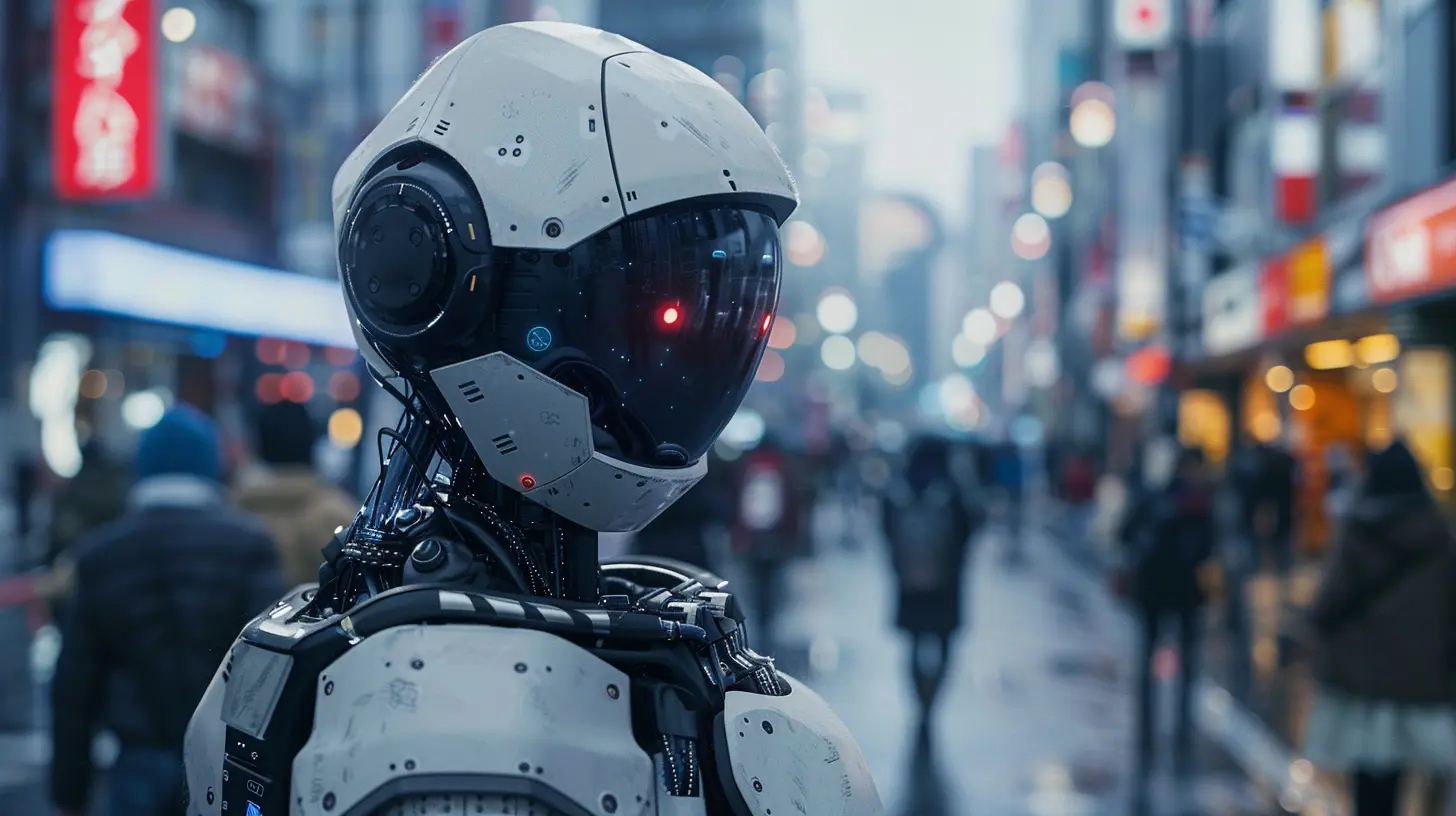
Understanding the Cyber Threat Landscape
Before we roll out the red carpet for AI, let’s peek into the mess it’s walking into.Cybersecurity threats come in all shapes and sizes:
- Malware and ransomware: These are like digital parasites.
- Phishing attacks: Emails that try way too hard to look official.
- Insider threats: When someone on the inside turns rogue.
- Zero-day attacks: Brand new vulnerabilities hackers exploit before anyone even notices.
Now imagine trying to manage all these manually. Yep, overwhelming.
With over 300,000 new malware samples popping up daily (yes, daily!), no human team can hope to keep up. That’s where the magic of automation and AI becomes super obvious.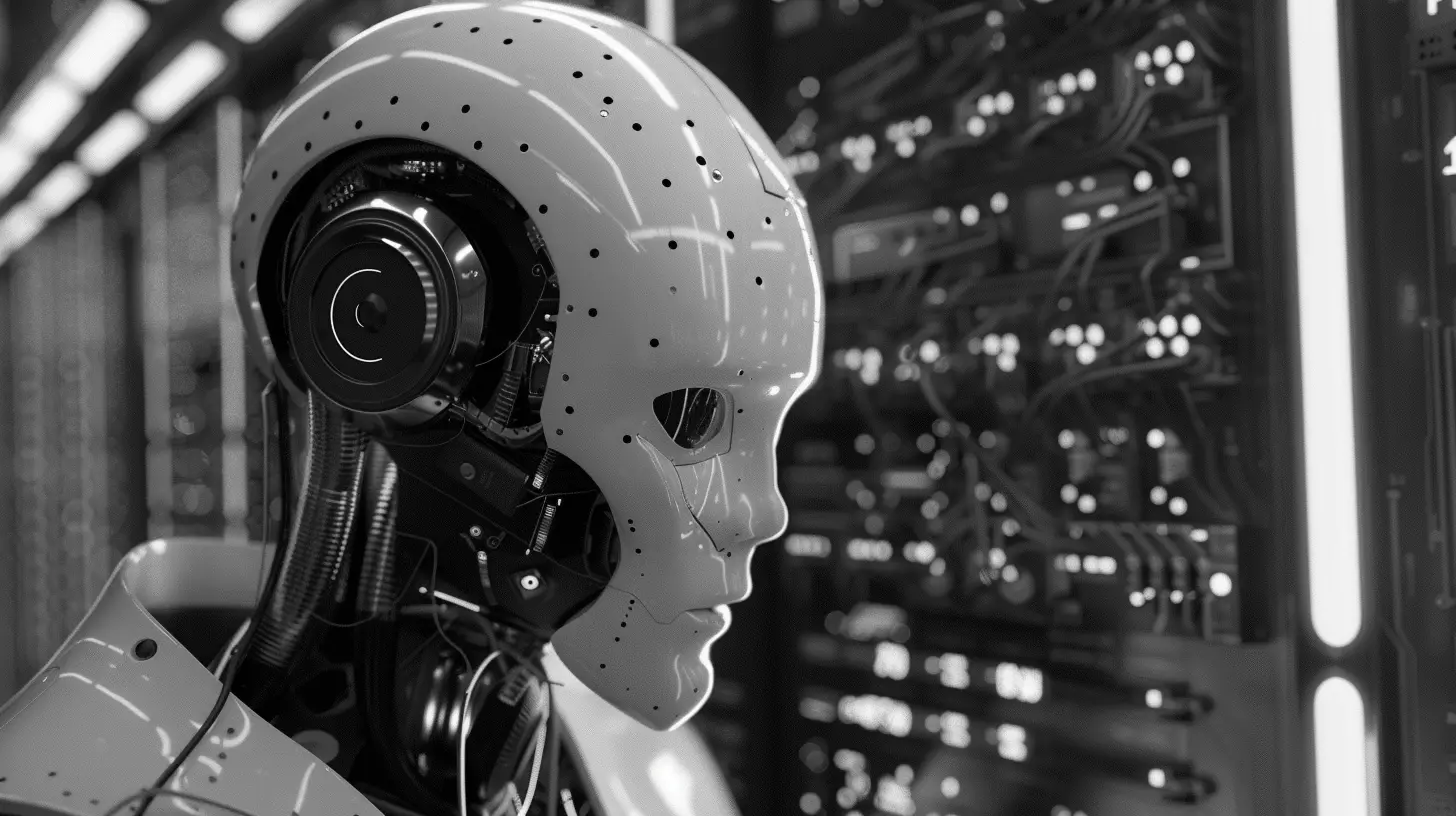
How AI Is Changing the Game in Cybersecurity
Let’s break down the specific ways AI is flexing its muscles in the digital defense arena.1. Threat Detection with Laser Precision
Artificial intelligence is like having a sniffer dog that’s trained on gigabytes of malicious behavior. It doesn’t just react; it anticipates.Machine learning models can be trained to detect anomalies in network traffic. Whether it's a sudden data spike at 2AM or a sneaky login from halfway across the world, AI spots these odd behaviors instantly.
Think of it like your digital sixth sense.
2. Real-Time Response
Speed is everything in cybersecurity. The faster you respond, the less damage is done. AI can act immediately—without waiting for a human to drink their morning coffee.AI-powered systems can isolate affected devices, shut down suspicious activities, and even update firewall settings on the fly.
Imagine a home security system that doesn’t just alert you, but also locks the doors, calls the cops, and sets up a laser grid. That’s AI in cybersecurity.
3. Reducing False Positives
Ever had your antivirus flag grandma’s cookie recipe as a virus? False positives are annoying—and costly.AI reduces these by analyzing context. It's smart enough to separate actual threats from harmless irregularities. That saves security teams a lot of headaches and frees them up for higher-priority stuff.
That’s like having a picky spam filter that knows the difference between junk mail and a surprise birthday invite.
4. Predictive Analysis
One of AI’s most impressive tricks is looking into the future. No, it’s not using a crystal ball, but it sure feels that way.By analyzing past threats and behavior patterns, AI can forecast potential attack vectors. This allows companies to plug holes before a hacker even thinks of exploiting them.
It’s like boarding up your windows before the storm hits—ultra proactive.
5. Automating Security Tasks
Let’s face it, some cybersecurity tasks are downright tedious. Log analysis, patch management, vulnerability scans—you name it.AI automates these time-consuming jobs like a pro intern who never sleeps or asks for coffee breaks. This boosts efficiency and allows human experts to focus on strategic work rather than the boring stuff.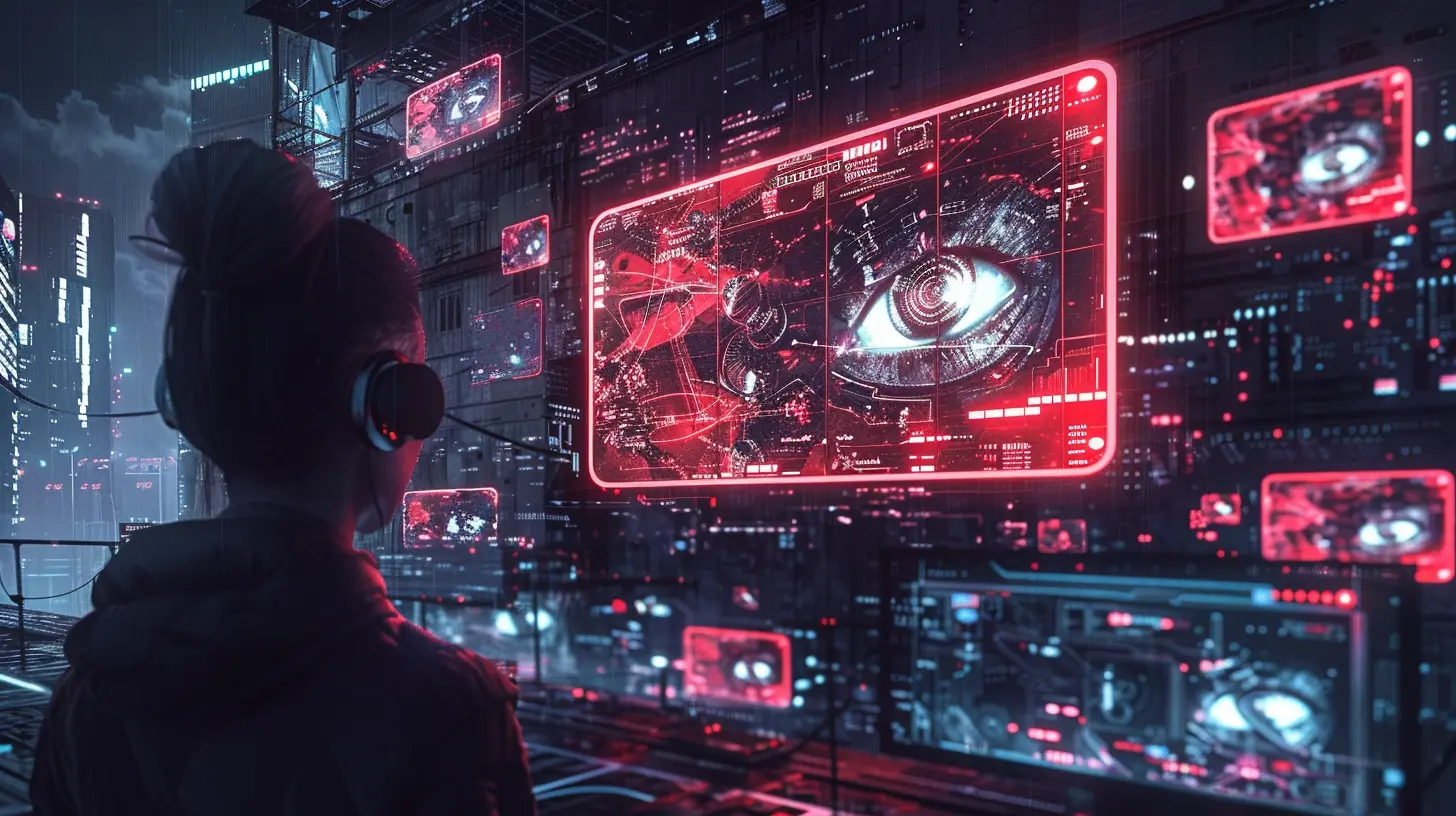
Cool Real-World Use Cases of AI in Cybersecurity
Alright, let’s look at some real-life superhero moments where AI has saved the day.IBM Watson for Cybersecurity
IBM’s Watson isn’t just famous for winning Jeopardy! It’s also been trained on thousands of cybersecurity documents, helping analysts find threats and vulnerabilities faster than ever.It’s like having a security analyst that’s read every cybersecurity book ever written—and actually remembers all of it.
Darktrace’s AI Immune System
Darktrace takes inspiration from the human body. Their AI uses machine learning to understand what “normal” looks like in a network and detects anomalies like an immune system spotting a virus.Clever, right?
Google’s Chronicle
Google’s cloud-based cybersecurity tool, Chronicle, uses AI to hunt for threats across a company’s entire digital ecosystem. It pieces together the puzzle from logs, alerts, and data points in record time.It’s like having a digital detective with turbocharged intuition.
Challenges and Limitations of AI in Cybersecurity
Okay, before we start throwing a party for AI, let’s be real—it's not perfect.1. Data Dependency
AI needs loads of data to be effective. If you feed it garbage, you’ll get garbage results. It’s like trying to train a chef with cookbooks full of typos.2. Adversarial Attacks
Some hackers are turning AI against itself. They’re creating AI-powered malware or tricking AI systems by feeding them misleading data. It's like a chess game where both sides have grandmasters.3. High Costs
Setting up AI systems isn’t exactly cheap. The initial investment, infrastructure, and ongoing maintenance require deep pockets—not something every small business can afford.4. Lack of Explainability
AI sometimes acts like a moody genius—you know it’s brilliant, but you have no idea why it made a certain decision. That lack of transparency can be a problem in high-stakes environments.The Human + AI Duo: Better Together
Here’s the beautiful part—AI isn’t here to replace us. It’s here to team up with us.Humans bring intuition, ethical judgment, and creativity. AI brings speed, scale, and precision. Together, they’re an unbeatable force in the fight against cybercrime.
Think Batman and Robin or peanut butter and jelly. It just works better when they’re together.
Future of AI in Cybersecurity: What’s Next?
So where is all this heading?Well, the future looks shiny:
- Self-healing systems: AI that fixes vulnerabilities by itself.
- AI-on-AI warfare: Cyber battles fought between malicious and defensive AI systems.
- Quantum + AI: When quantum computing joins the party, things get even crazier.
But one thing’s for sure—AI is only going to get smarter, faster, and more deeply embedded into cybersecurity frameworks.
Final Thoughts: Say Hello to Smarter Cyber Defense
Cybersecurity has always been a game of cat and mouse. But AI? It’s changing the game entirely. It’s like trading in your mousetrap for a full-on robotic security system with night vision and laser beams.Whether you’re a small business owner, IT enthusiast, or just someone who values their privacy—understanding how AI fits into cybersecurity is super important.
It’s not just nice to have—it’s becoming a must-have.
So the next time you get a notification about a suspicious login attempt or your antivirus catches a threat, take a second to thank AI. It’s probably the unsung hero behind the scenes, keeping your digital life secure.
Stay safe out there!
all images in this post were generated using AI tools
Category:
Emerging TechnologiesAuthor:

Vincent Hubbard
Discussion
rate this article
1 comments
Indigo Vasquez
Great article! It’s fascinating to see how AI is reshaping cybersecurity, making systems smarter and more proactive. As cyber threats evolve, having AI on our side feels like having a high-tech shield. Can't wait to see how this technology develops in the coming years! Keep up the good work!
August 19, 2025 at 2:31 AM

Vincent Hubbard
Thank you for your thoughtful comment! I'm glad you found the article insightful. The future of AI in cybersecurity is indeed promising!


